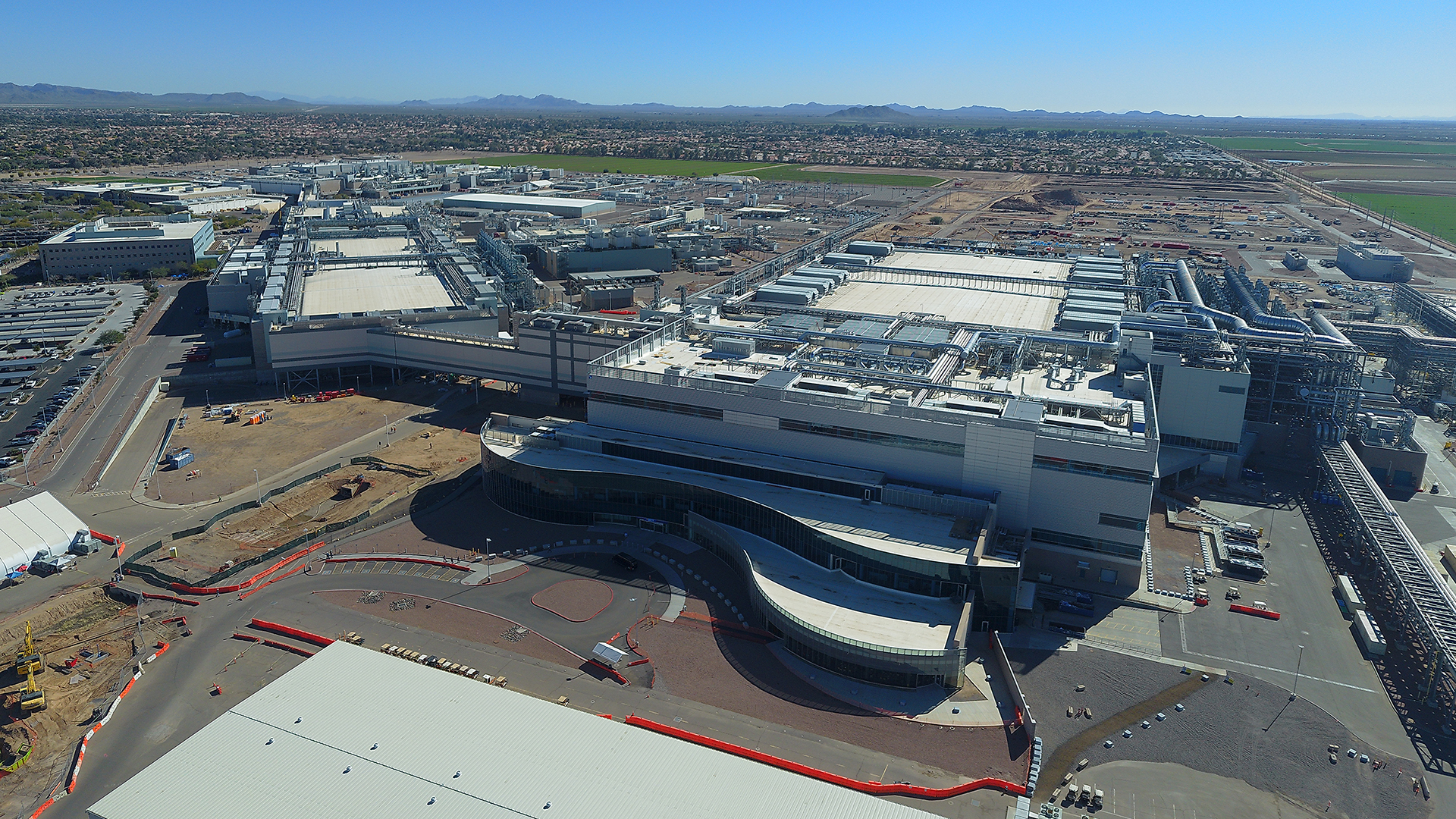Intel CEO says co-designed x86 chips will fend off Arm threat
If you can't beat 'em, join 'em.

Arm is the technology company of the hour. Or one of, at least. The chip designer rose to great heights in the mobile phone biz and now its many license holders are looking to twist an ARM processor into something more computer-shaped. Arm is finding increasing number of advocates from Intel and AMD's firm customers too: perhaps the most notable among them being Apple, with the M1 chip in MacBooks and the new iMac, but Amazon, Microsoft, and Arm's prospective buyer, Nvidia, all have skin in the game.
Yet Intel has a plan: a brand new foundry business. That which will offer flexibility in a way that was largely ruled out by oppressive x86 licenses and Intel's unwillingness to share in the past. It's what Arm offers, after all. A way for companies to design a chip as they see fit, and leave the unwanted features on the cutting room floor.
During the company's most recent earnings call, Pat Gelsinger, Intel CEO, told shareholders that offering to "comingle" chips with customers could change opinion in the ongoing x86 versus Arm argument.
In response to a question on whether Intel would ever consider licensing x86 out for them to design their own products, Gelsinger responds "The simple answer to the last part of the question is, yes."
"We do believe that the ability for our customers to take advantage of x86 this way will be a meaningful shift in how people think about ARM versus x86," Gelsinger continues (via Seeking Alpha). "Because part of it was we weren’t giving them the flexibility to design to comingle IP, as I have described it. So they were trying to do unique design work. They didn’t have a good x86 choice. We gave them our standard products, which have lots of capabilities, but particularly for the cloud guys they'd say, boy, I don’t use those particular features. I really could optimize with the few of these other things in the network and the memory hierarchy.
"And now we are saying absolutely come on in and we are opening the doors of our IP, the doors of our leading process and packaging technologies."


Best CPU for gaming: the top chips from Intel and AMD
Best graphics card: your perfect pixel-pusher awaits
Best SSD for gaming: get into the game ahead of the rest
Intel announced last month that it is investing $20bn into fab expansion and will set up a standalone Intel Foundry Services for the manufacturing of chips for its customers. A way for companies to gain access to x86 cores that Intel once defended with vigour, along with Arm and RISC-V chips.
The biggest gaming news, reviews and hardware deals
Keep up to date with the most important stories and the best deals, as picked by the PC Gamer team.
As the strap says: If you can't beat 'em, join 'em. With the main advantage here being customers can also take Intel up on its manufacturing facilities.
It's certainly a shift for the company, and one that may be necessary to keep Arm from the door. Intel and AMD are both feeling a little more pressure from Arm, no doubt worsened by the potential buyout from Nvidia, but still believe in the x86 advantage.
"There are trillion lines of code that have been optimized for the x86," Gelsinger explains. "This is a powerful ecosystem that continues to have very great innovation and capabilities associated with it."
So there's no kicking x86 to the curb just yet. After all, AMD has only just swung the performance pendulum back in its favour with its Ryzen and EPYC chips, after a long stint in Intel's shadow. For us gamers, at least, it may be a long time before Arm really makes a splash, but with Nvidia possibly eyeing up that eventuality, I certainly wouldn't bet against Arm playing a more prominent role powering games.
Intel sharing more fab space is probably a good thing for the ongoing chip shortage, too. Just don't expect a quick fix.

Jacob earned his first byline writing for his own tech blog. From there, he graduated to professionally breaking things as hardware writer at PCGamesN, and would go on to run the team as hardware editor. He joined PC Gamer's top staff as senior hardware editor before becoming managing editor of the hardware team, and you'll now find him reporting on the latest developments in the technology and gaming industries and testing the newest PC components.

